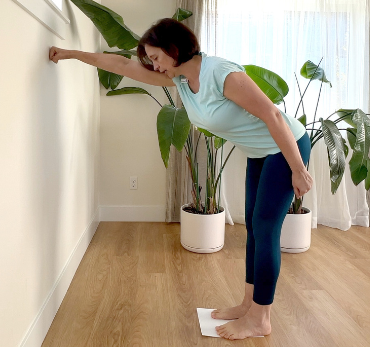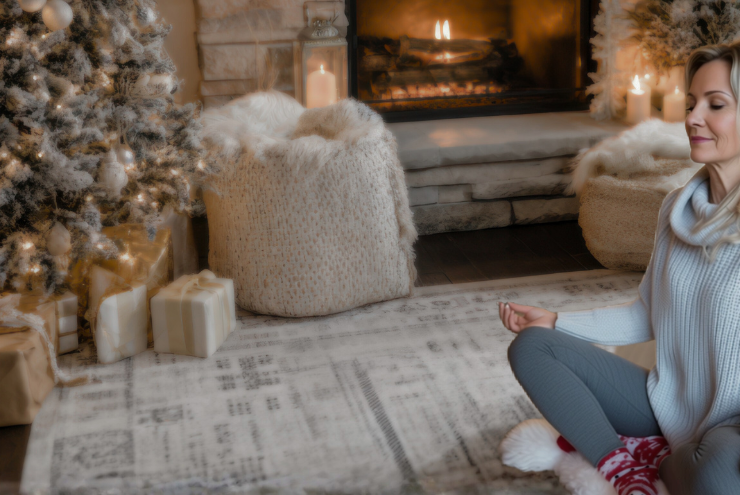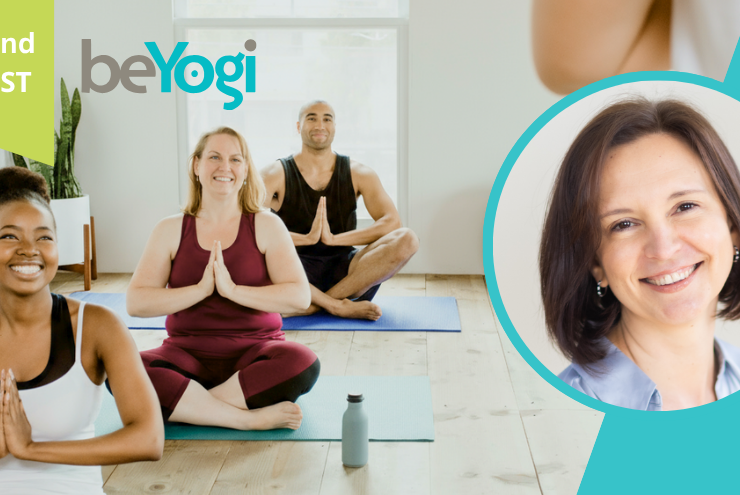How to Improve Your Balance: Essential Strategies
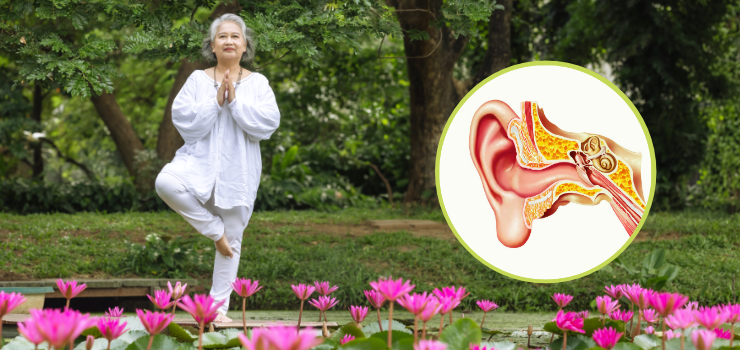
What do you enjoy doing? Hiking? Skiing? Dancing? Playing pickleball? Or maybe you just want to be able to walk up and down the stairs without thinking twice about it. All these activities require balance. Balance isn’t just about staying steady on one foot—it’s the foundation of every movement you make. Whether you’re navigating stairs, playing sports, going on hikes, or simply getting out of bed, maintaining a steady balance helps you stay safe and active.
We take our ability to balance for granted until it goes awry. By then, it often becomes much more difficult to recover it. Prevention is key in balance training.
Balance training is a fun challenge and an ongoing process because so many of our physiological systems are involved. Some balance training techniques are predictable, and we have heard about them many times before. For example, conventional wisdom we hear often in yoga classes goes, “Hold your gaze steady, and it will help your balance.” That is true; however, the older we get, the more we over-rely on visual cues instead of proprioceptive ones, the cues from our bodies. Then what happens when it’s dark out or our vision is obstructed by some items we carry? We trip. To avoid over-relying on visual cues, we need to keep training proprioceptive awareness and occasionally close our eyes during our yoga practice, even while doing simple balance poses.
There are many other interesting ways our balance depends on what’s going on with other parts of our bodies. Have you ever come across answers to these questions?
- Can certain head movements quickly resolve specific types of vertigo?
- How do our calf muscles change as we age, and what impact does that have on our balance?
- What role does neck tension play in balance problems?
- How can we train gaze stabilization to improve our balance?
- Is the ability to hold a balance posture the same as maintaining balance while in motion? Are they even correlated?
The answers to these questions and many other interesting facts about balance are included in our new yoga series, Find Your Equilibrium: Yoga for Balance Training.
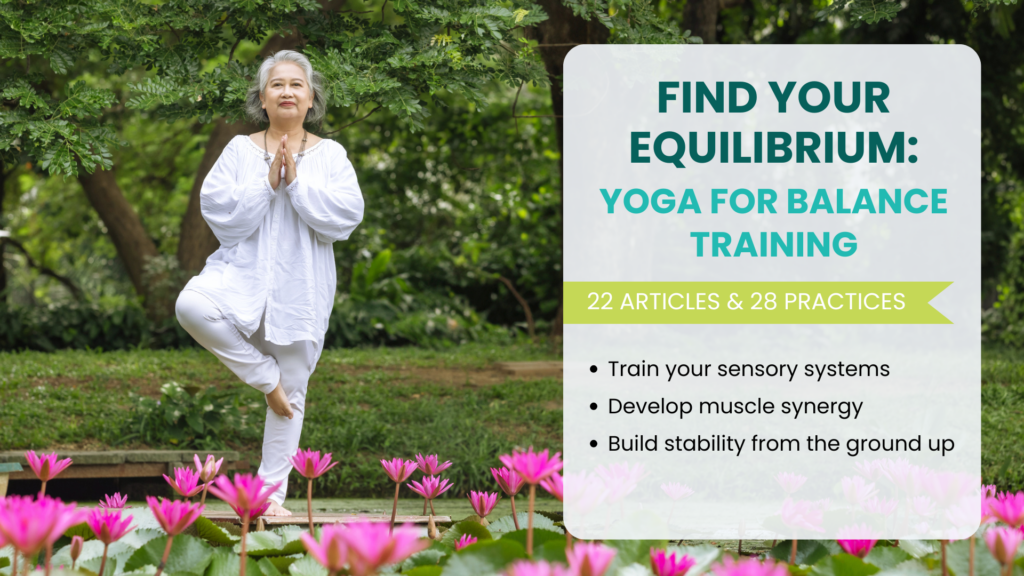
In this yoga series, we combine Western knowledge of kinesiology with yogic methodology to train our sense of equilibrium, strengthen the body, build integration between different body parts, and refine the way we support and move our body weight. We practice different kinds of balance poses, both statically and dynamically, to help us develop stability, internal awareness, spatial orientation, and focused attention, which become even more important as we age.
Balancing is a complex process involving many bodily systems; that is why, in this yoga series, we approach it from many different angles.
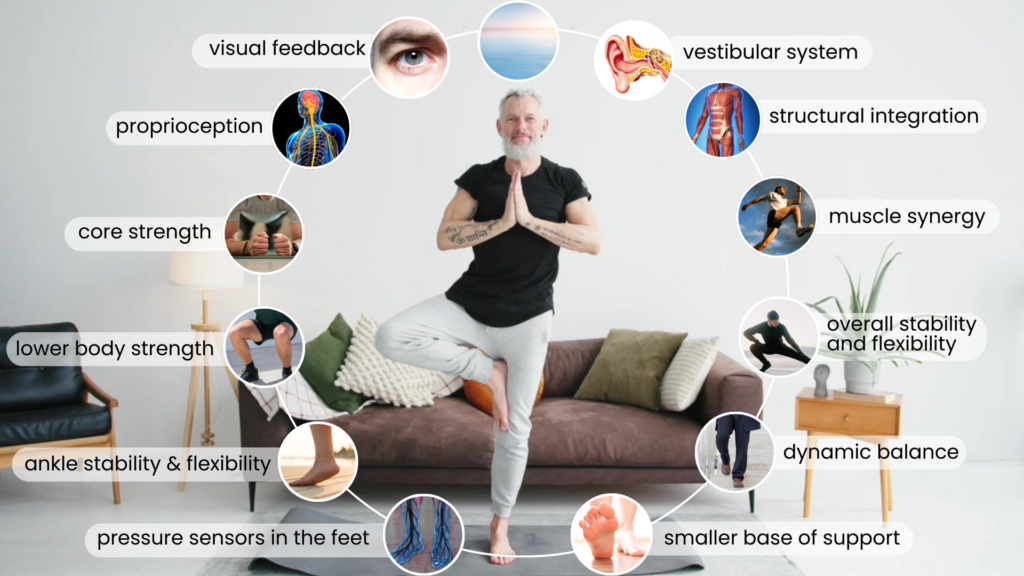
Check out this video to learn five essential strategies for training your balance >
Balance training becomes particularly important as we approach age 50 and beyond because this is when our balancing capacity slowly begins to decline. However, this yoga series takes a PREVENTATIVE approach and is directed at practitioners of any age, not just older adults.
The Find Your Equilibrium Yoga Series includes 28 yoga practices and a 58-page e-book.
Small, consistent efforts in balance training today can make a world of difference tomorrow. Start your preventative training now and feel the difference in your stability, ease of movement, and inner confidence!
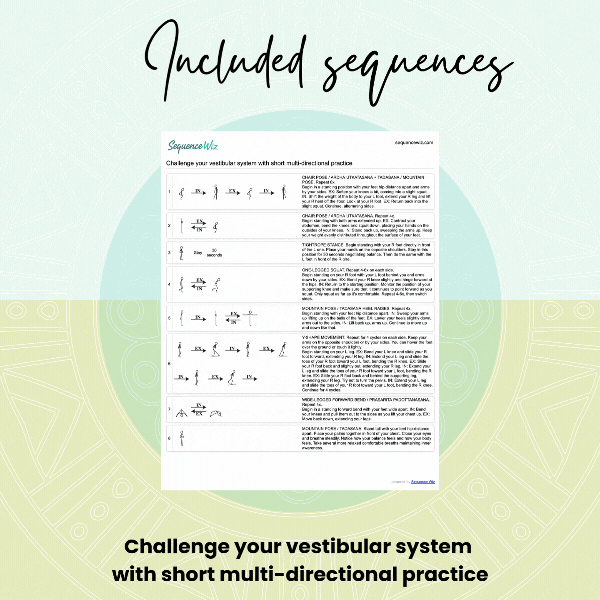
All editable sequences from this series are available to Sequence Wiz members. Choose the ones you want from Shared Sequences, modify them any way you like, and use them with your students!



